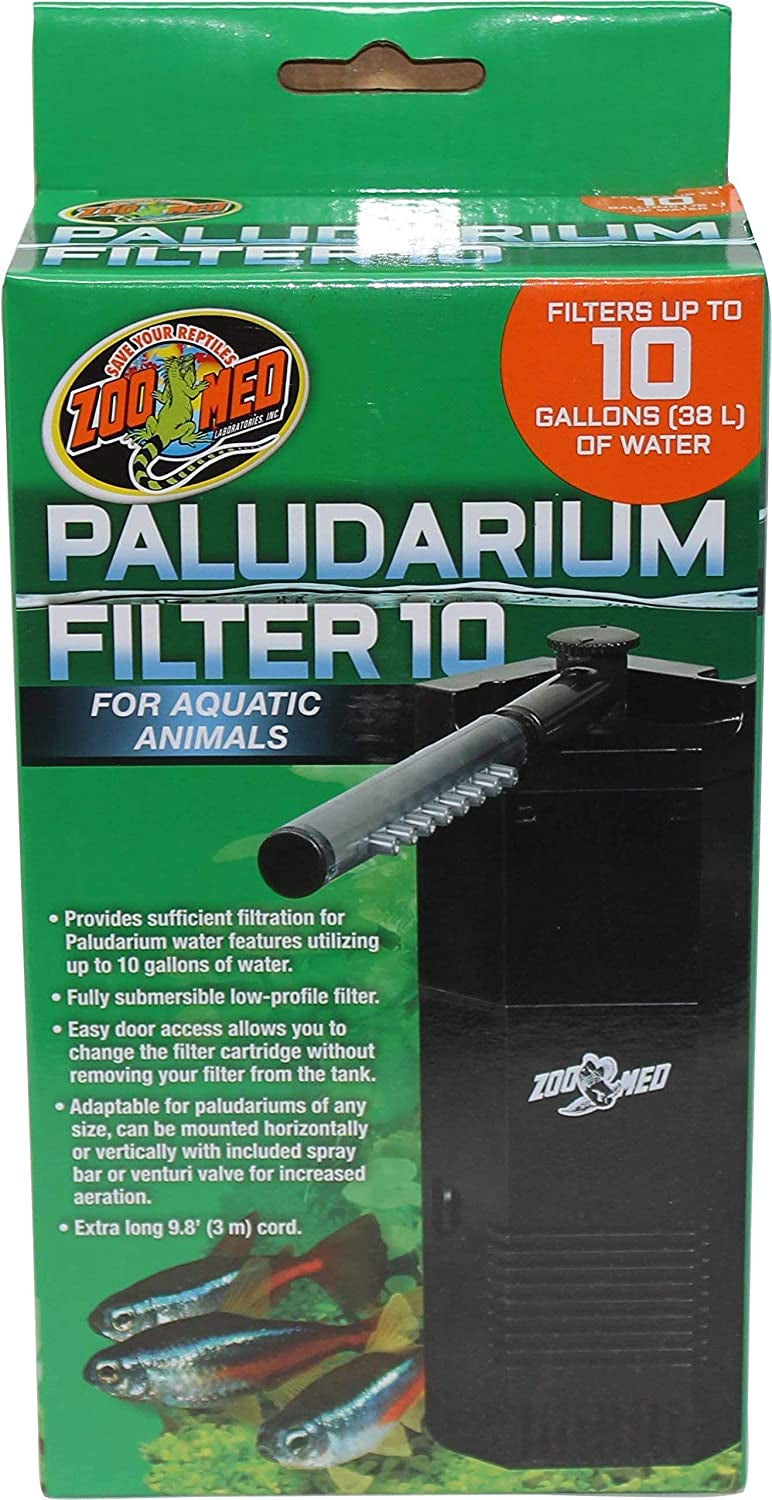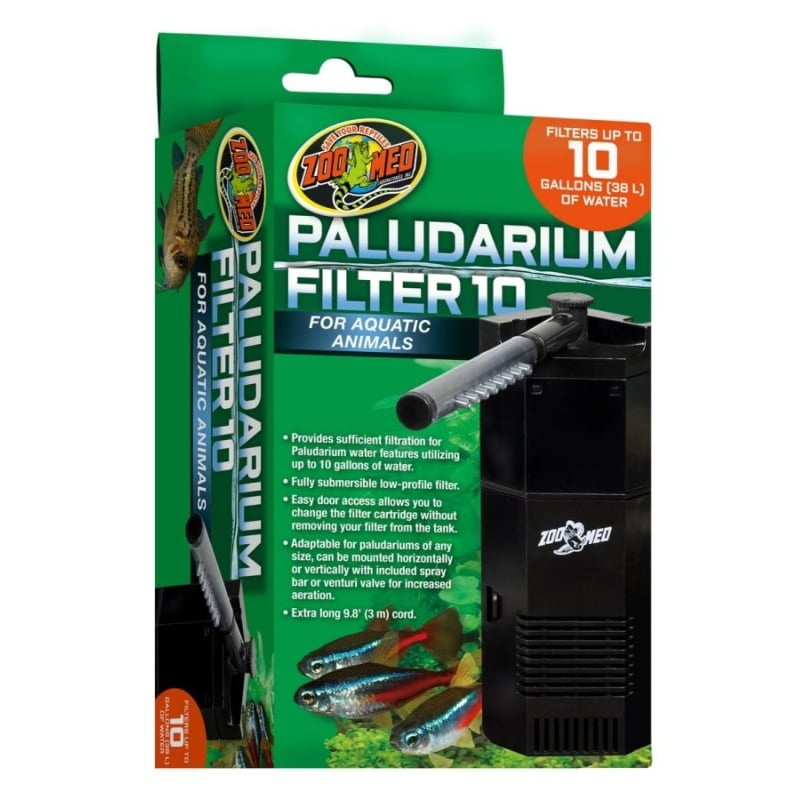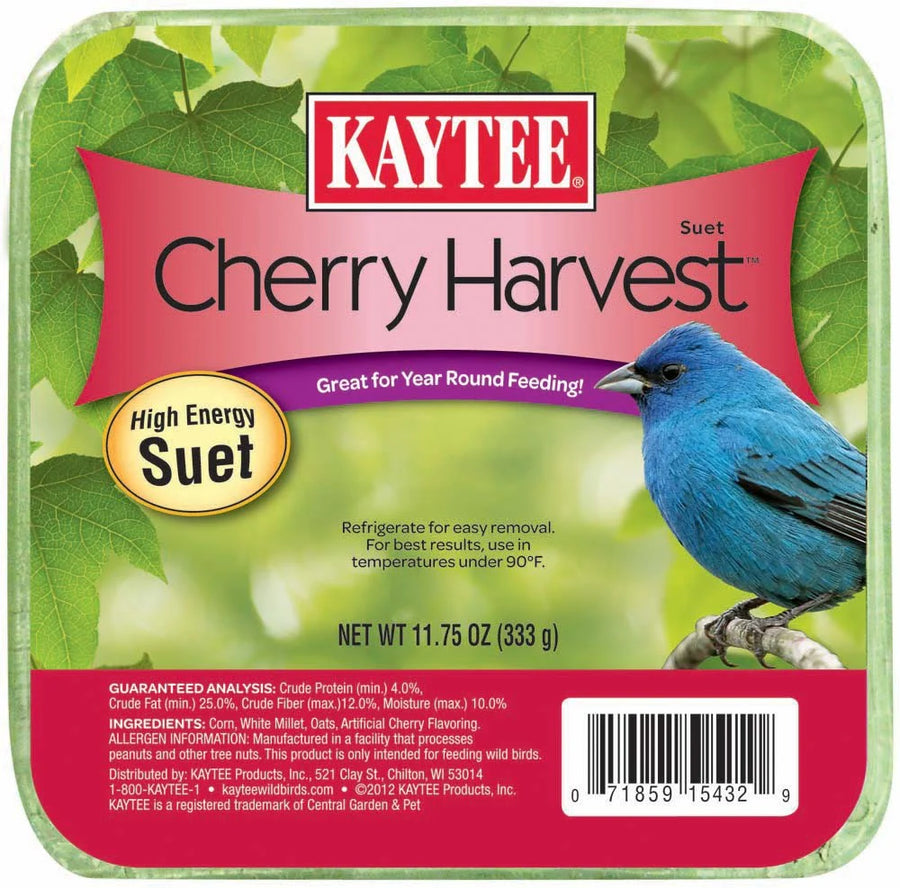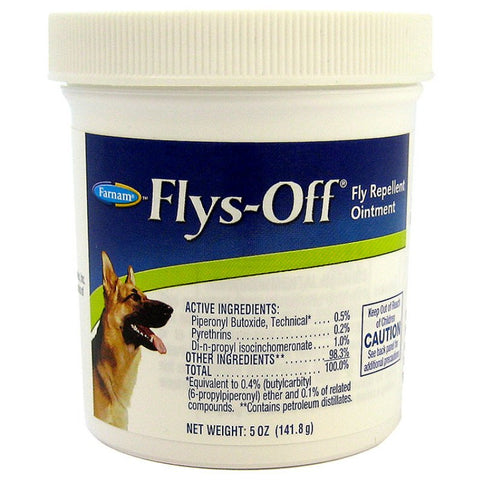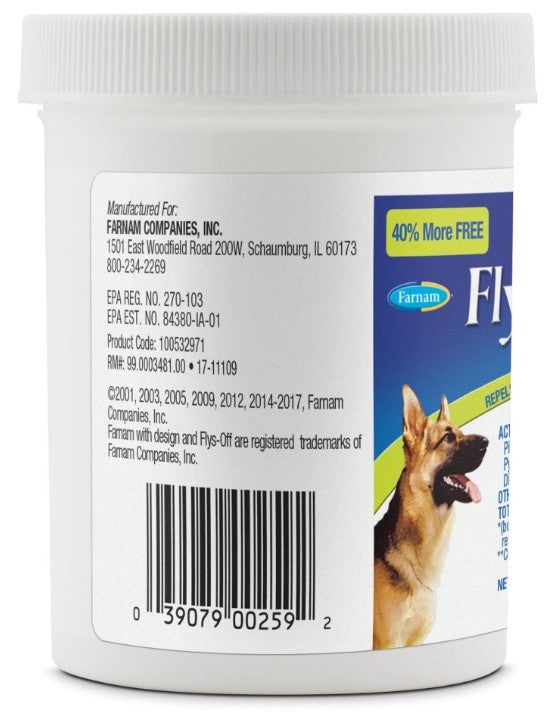Transitioning Your Kitten to Solid Food: A Guide
Transitioning your kitten to solid food is an exciting milestone in their development, marking the shift from reliance on their mother’s milk or a milk replacement to a diet that supports their growth and health. This process requires careful consideration and planning to ensure a smooth transition while minimizing any digestive upset. Here’s a comprehensive guide to help you successfully transition your kitten to solid food.

1. Understanding the Right Time to Transition
Kittens are typically ready to begin the weaning process at around 4 to 5 weeks of age. During this time, they start showing interest in solid food, although they may still nurse from their mother or rely on milk replacers. By the time they reach 8 to 10 weeks old, they should be fully weaned and capable of eating solid food exclusively. Recognizing the signs of readiness—such as curiosity about your food or attempting to nibble on solid items—can help determine when to start the transition.
2. Choosing the Right Food
When selecting solid food for your kitten, it's crucial to choose high-quality kitten-specific formulas. Kittens have unique nutritional needs, requiring a diet rich in protein, fat, and essential vitamins and minerals. Look for the following:
-
High Protein Content: Select foods with real meat or fish as the primary ingredient. Kittens need at least 30% protein to support their rapid growth and energy needs.
-
Healthy Fats: Fat is essential for energy and the absorption of vitamins. Ensure the food contains around 20% fat, including omega-3 and omega-6 fatty acids for healthy skin and coat.
-
Balanced Nutrients: The food should contain adequate levels of calcium, phosphorus, and other vitamins and minerals necessary for proper development.
3. Start with a Combination of Wet and Dry Food
When transitioning to solid food, it can be beneficial to begin with a combination of wet and dry food. Wet food provides hydration and can be more palatable for young kittens, while dry food helps with dental health. Here’s how to start:
-
Introduce Wet Food: Begin by offering a high-quality wet kitten food. You can serve it straight from the can or mix it with a small amount of milk replacer to make it easier for your kitten to eat.
-
Add Dry Food Gradually: Once your kitten is accustomed to wet food, gradually introduce dry kitten kibble. Start by mixing a small amount of kibble into the wet food, increasing the ratio over time.
4. Implement Gradual Transitioning
Sudden changes in diet can lead to digestive upset, including vomiting or diarrhea. To avoid this, transition your kitten gradually. Here’s a suggested timeline:
-
Week 1: Start by mixing a small amount of wet food with milk replacer or warm water. Offer this mixture several times a day.
-
Week 2: Gradually introduce wet food, increasing the amount while decreasing the milk replacer. Begin adding a small portion of dry food.
-
Week 3: Increase the proportion of dry food while ensuring your kitten continues to receive wet food. Monitor their appetite and interest in the dry food.
-
Week 4: By the end of this period, your kitten should be eating primarily solid food, with the option for occasional wet food to maintain hydration.
5. Monitor Your Kitten’s Response
Throughout the transitioning process, closely observe your kitten for any signs of digestive distress, such as diarrhea, vomiting, or lethargy. It’s normal for some kittens to take a little time to adjust to the new food, but if these symptoms persist, consult your veterinarian.
Additionally, pay attention to your kitten’s appetite. They may show increased enthusiasm for food as they adapt, but if they become disinterested, it could indicate an issue that needs addressing.
6. Establish a Feeding Routine
Creating a consistent feeding schedule can help your kitten adjust to solid food more easily. Aim to feed your kitten 3 to 4 small meals each day, as this suits their small stomachs and high energy requirements. Provide fresh water at all times to encourage hydration.
7. Provide a Comfortable Eating Environment
Make mealtime a positive experience for your kitten. Choose a quiet, low-traffic area for their feeding station, away from loud noises or distractions. Use shallow bowls that are easy for kittens to access. Keeping their feeding area clean will also help promote healthy eating habits.
8. Consult Your Veterinarian
Throughout the transition, keep in touch with your veterinarian for guidance. They can provide personalized recommendations based on your kitten’s specific needs and monitor their growth and development. If you have any concerns about your kitten's nutrition or health, your vet can address them effectively.
Conclusion
Transitioning your kitten to solid food is an important step in their development, requiring patience and attention. By understanding their nutritional needs, choosing the right foods, implementing a gradual transition, and creating a positive feeding routine, you can set your kitten up for a lifetime of good health. Enjoy this exciting journey with your new companion, knowing that you’re providing them with the best foundation for a happy and healthy life!








